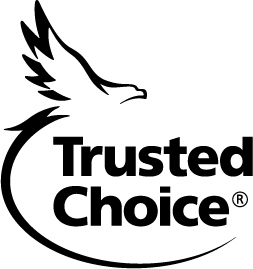 What is meant by the term “safe church policy”? Essentially, it is an intentional plan implemented by a church to prevent acts of sexual abuse. A safe church policy is designed to protect all persons from acts of sexual abuse, whether an alleged act is committed by a person of authority (i.e. minister, pastor, rabbi, teacher) or a first-time volunteer.
What is meant by the term “safe church policy”? Essentially, it is an intentional plan implemented by a church to prevent acts of sexual abuse. A safe church policy is designed to protect all persons from acts of sexual abuse, whether an alleged act is committed by a person of authority (i.e. minister, pastor, rabbi, teacher) or a first-time volunteer.
Who is involved in implementing safe church policy? EVERYONE, from the minister, pastor, rabbi, and all the way down to anyone participating in a church program or activity is involved. This includes all employees, church council members, volunteers (including volunteer teachers), and all members and non-members participating in any and all church functions or activities.
How can a church incorporate “safe church policy” into an environment presumed to be safe already? A key element in doing so is for EVERYONE to exercise objective awareness. While this may seem simple enough, facts in prior church-related sexual abuse cases reveal the most common reluctance of people to be aware is a shared excuse along the line of “We know our people. They would never do something like that.” This is just not true. In their book, “Helping Victims of Sexual Abuse”, Lynn Heitritter and Jeanette Vought discuss the wide variety of offenders. They include the following: adolescent offenders, the experimenter, the loner, the boy next door, the aggressor, the group offender, the adolescent female offender, adult fixated offenders, and regressed adult offenders. Heitritter and Vought also report in their book that at least 20% of offenders today are minors and a growing number are females. The notion that an offender is easily identifiable just does not have merit.
A core responsibility of a church is proper care and stewardship of its resources, both human and material. It is crucial for churches to have a solid, well-planned, and WRITTEN manual of practices and procedures with a focus on protecting the people, the resources, and the ministries of which God has entrusted to their care. The consistent implementation of these practices and procedures not only is an effective loss prevention measure, but it also provides some peace of mind that ministries may thrive, and everyone involved will be protected and free to live out their faith in a safe, caring environment.
What are some sample safe church policy practices/procedures?
1. The triangle rule (2 or more children with 1 adult OR 2 or more adults with 1 child). If a class winds up with only 1 child and 1 teacher the plan is to keep the classroom door open and to then merge with another class or cancel the class and send the child back to his/her parents.
2. Anyone wanting to volunteer with children should be attending church regularly for at least six months before being allowed to volunteer with children. The intention of this rule is for church members to get to know new people before letting new people jump into activities with kids.
3. All classrooms should have windows or window inserts in doors providing clear visibility from the outside of each classroom.
It is highly recommended that each church develop its own set of written guidelines and have them reviewed by independent legal counsel.
Training is critical to instill safe church policy guidelines, remind people of the need for safe church policy, and share examples of what constitutes a bad practice or criminal behavior. As a side note, it’s a great time to affirm and thank your staff and volunteers for the important work they do. Contact Richey-Barrett your trusted insurance provider for more information.






Leave a Reply